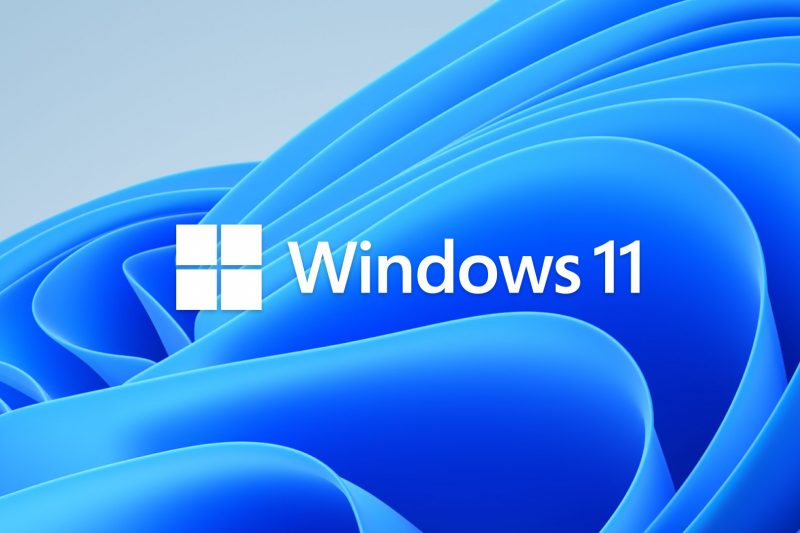The WashU IT Quality Assurance Lab (QA) has begun testing Windows 11 and task sequence 2.2. The new task sequence will give techs the choice to install Windows 11 or Windows 10, since not all computers will be capable of running Windows 11. To ensure computers, software, and policies work as expected, new operating systems and Task Sequences require extensive testing and coordination with engineering.

A task sequence is a set of automated steps, using Microsoft’s System Center Configuration Manager (SCCM) to deploy an operating system image to a computer. The image consists of the operating system, a set of required software packages, and a choice of department specified software packages. Among other things, the task sequence also names the computer and joins it to the Accounts domain in Active Directory in a departmental OU. As a result, the computer receives the policies the department requires.
In addition to QA’s usual task sequence tests, some BIOS settings were tested for this task sequence. To verify that the task sequence captures the incorrect fields, bad data is usually entered in the inputs of the task sequence. Additionally, QA reviews drivers, bitlocker, group policies, system tray apps, etc., to confirm they are installed and operating correctly.
Windows 11 is a major change from the annual updated Windows 10 OS versions. Basic functional testing includes installing Windows 11 on as many different computer models as QA has available, then testing as many functions as we can. Some of the functionality tests will be for Epic Secure Workflow (ESW), Enterprise Centralized Virtualization (ECV), and a set of applications the clinics depend on every day. Once standard testing is underway, additional tests will be identified based on what is changed in Windows 11 versus Windows 10.
So be ready, Windows 11 will be coming soon!